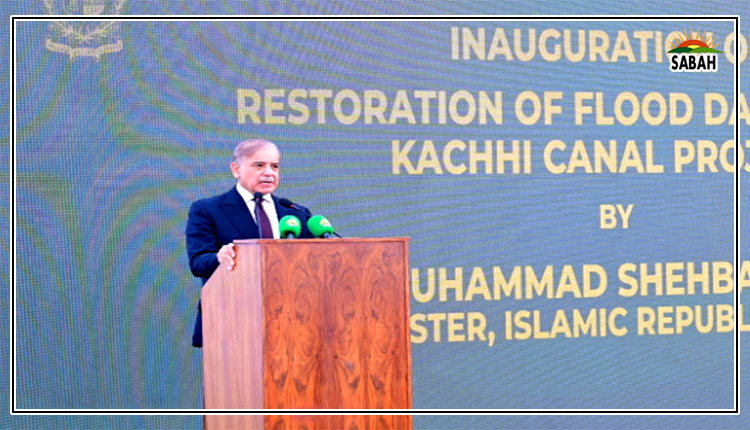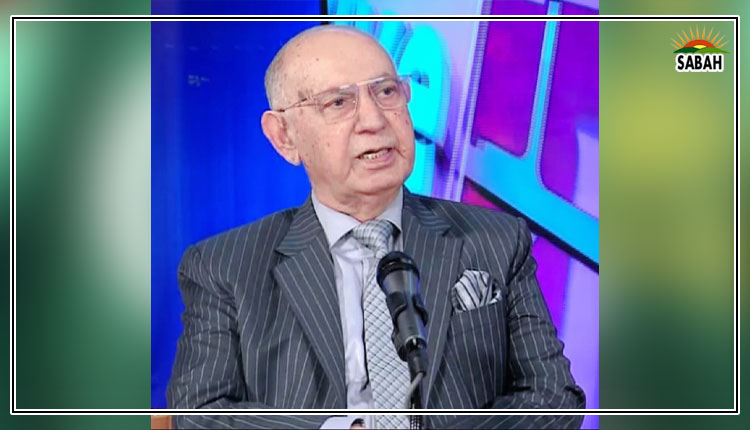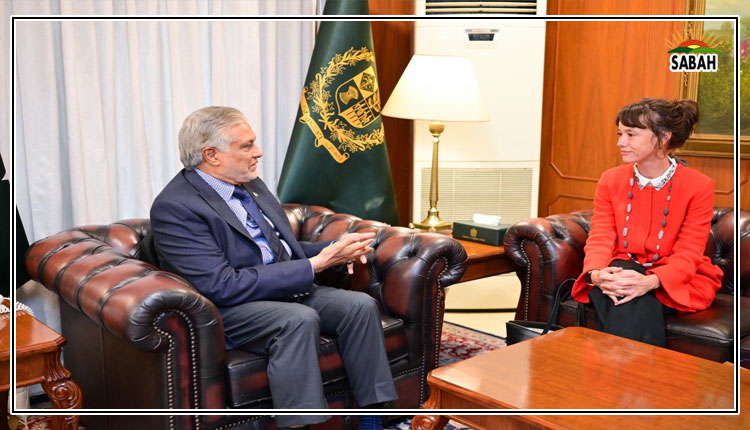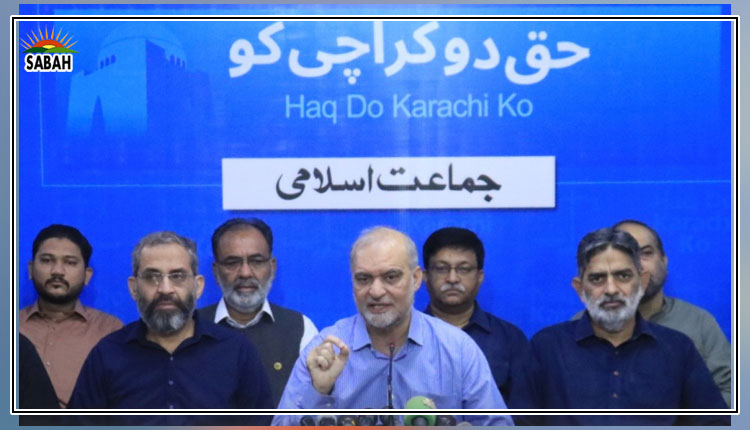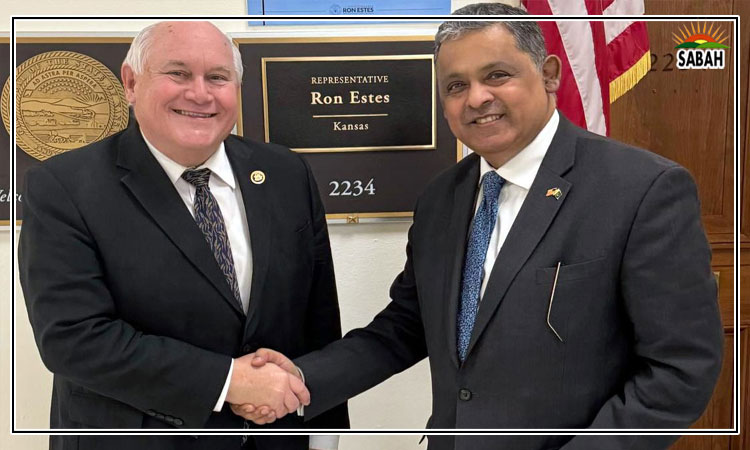In the mirror of April 4 ……Ghazi Salahuddin
An uncanny, even providential, coincidence it was that the three-member bench of the Supreme Court, led by Chief Justice Umar Ata Bandial, announced its decision to overrule the Election Commission of Pakistan and fixed May 14 as the new date for elections to the Punjab Assembly on the fourth of April, on Tuesday.
And the fourth of April stands out in Pakistans tortuous history as the date on which the countrys first elected prime minister Zulfikar Ali Bhutto was executed. The entire legal process that led to that execution in a Rawalpindi jail in 1979 is now universally accepted as a judicial murder.
In that sense, April 4 comes every year as a reminder of how our superior courts can be manipulated and led astray, at a cost that can be unbearable for the nation. Every year, ZABs death anniversary is remembered as a colossal travesty of justice. The pity of it is that no lessons were learnt, as successive exploits of our higher judiciary would show.
But does a judgment announced on this weeks fourth of April bear any reference to a judgment that led to the trauma of another fourth of April, 44 long years ago? In terms of its magnitude, certainly not. However, the date itself is ominous and the judgment announced by the three-member bench on April 4 was not only immediately controversial but has eventually triggered an unprecedented judicial crisis and has revealed an unprecedented division within the Supreme Court.
A lot of action has taken place since Tuesday. Essentially, it has raised the level of confrontation between Chief Justice Bandial and the coalition government. On Thursday, the National Assembly rejected the April 4 judgment and made it binding on Prime Minister Shehbaz Sharif and the federal cabinet not to implement it. This resolve to not implement a judgment of the Supreme Court is surely unprecedented. Should we read any message in the fact that the resolution in the National Assembly was presented by Khalid Magsi of the Balochistan Awami Party?
Well, let us leave that aside. The judicial crisis that began to rise on Tuesday found its climax on Friday, with the scathing 25-page note on the suo-motu notice proceedings that was released by Justice Athar Minallah. It has suddenly changed the entire complexion of the judicial crisis and should also cast its shadow on the political situation.
Justice Minallah has thoroughly discredited the April 4 verdict and raised serious questions on the conduct of Chief Justice Bandial. A major point in this note is that the present suo-motu proceedings and the connected constitutional petitions were dismissed by a majority of 4:3 and not accepted by 3:2, as announced by the Supreme Court. This means that Justice Minallah has rejected the Supreme Court verdict where it ordered elections in Punjab on May 14.
What makes this note by respected Justice Minallah so decisive in its impact is that he has made his observations against the larger backdrop of our judicial history, including with a reference to the ZAB case. It is a document that may allow you to make some sense of how the Supreme Court has functioned in recent months. The government now appears to have some basis to move on a reference against the three-member bench.
A question that may be circulating across the country is: where do we go from here? One option for the chief justice would be to constitute a full court to resolve the pending issues. But he has so far been rejecting this demand of the government and of numerous legal experts.
While holding our breath for new developments in the judicial and political domains, let us run through a few brief excerpts from Justice Minallahs note. People can see them as an indictment of how the chief justice has handled some cases.
The role of the court in the realm of politics has moulded public perceptions which were indeed not favourable for public trust and confidence . Public trust is eroded when the court is perceived as politically partisan and the judges as politicians in robes.
The court must not allow any stakeholder to use its forum for advancing its political strategy or gaining advantage over other competitors. (This is stated to emphasize that the constitution of benches should be transparent, fair and impartial.)
The dissolution of the provincial legislatures as part of the political strategy of stakeholders raises questions. Is such conduct in consonance with the scheme of constitutional democracy?….This court cannot and must not appear to be seen as advancing the political strategies of political stakeholders.
The long spells of undemocratic regimes validated by this court has caused irretrievable loss to this country and its people.
The last sentence of the note: When politicians do not approach the appropriate forums and bring their disputes to the courts, the former may win or lose the case but inevitably the court is the loser.
As for the reverberation of the ZAB case, Justice Minallah has mentioned how one judge on the bench later indicated that the proceedings were influenced, adding that the advisory jurisdiction of this court was invoked in 2012, questioning the legitimacy of the verdict and the question has not been decided as yet.
This is what Bilawal Bhutto Zardari also raised in his emotional speech on April 4 at Naudero. He, also, portrayed his grandfathers judicial murder in a wider perspective. Bilawal posed the question: when has the Supreme Court of Pakistan stood on the right side of history? He particularly referred to the higher judiciarys endorsement of Gen Zias martial law.
And so, will the present Supreme Court of Pakistan be able to find its place on the right side of history?
The writer is a senior journalist. He can be reached at: ghazi_salahuddin@hotmail.com
Courtesy The News


